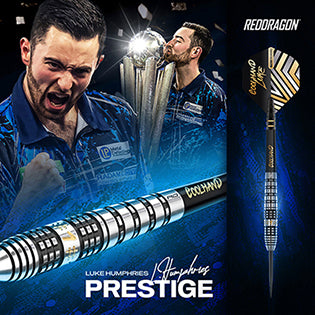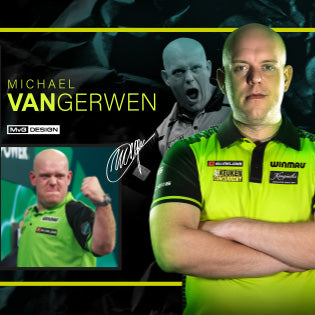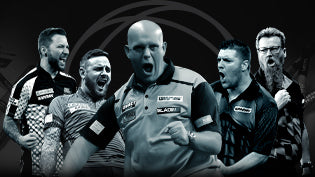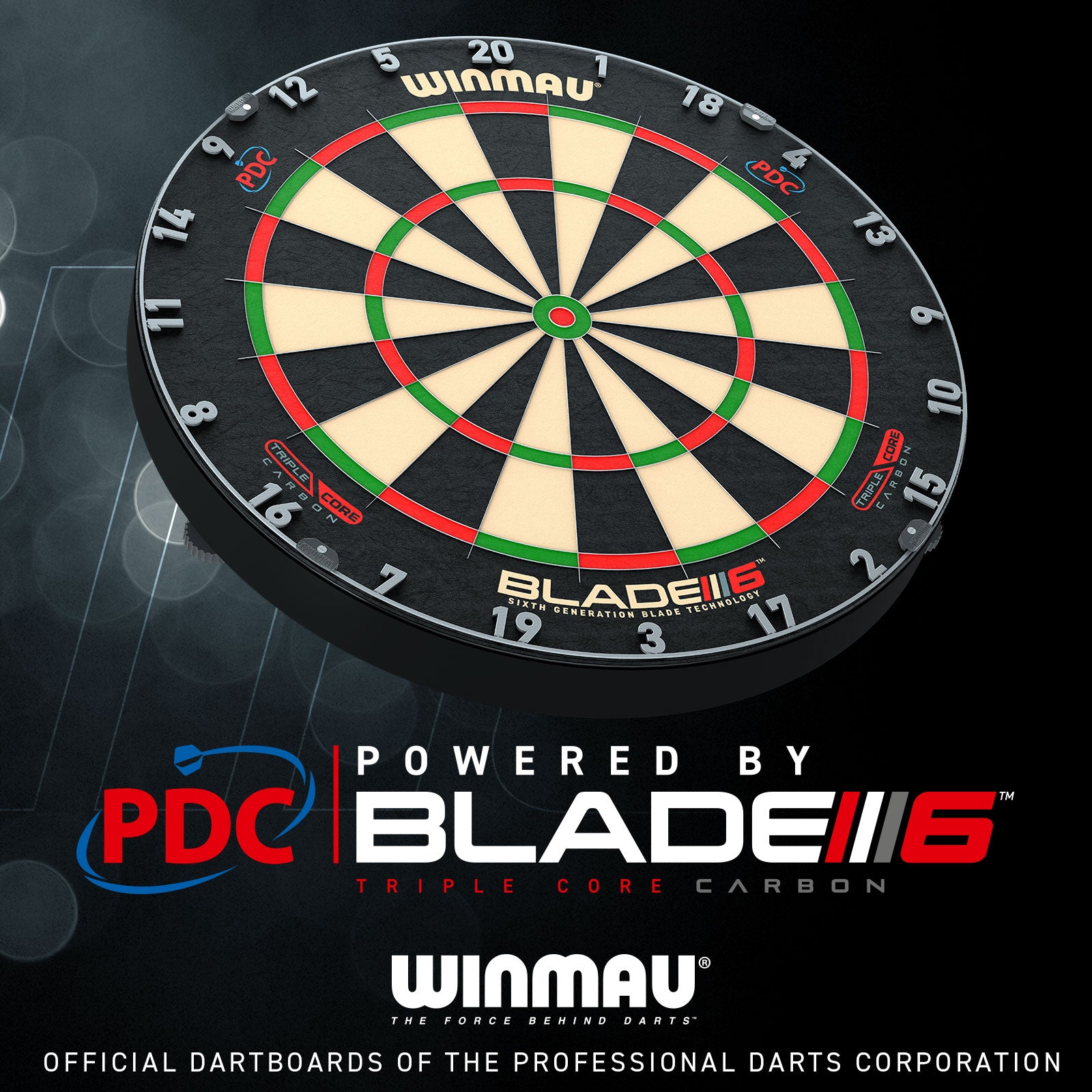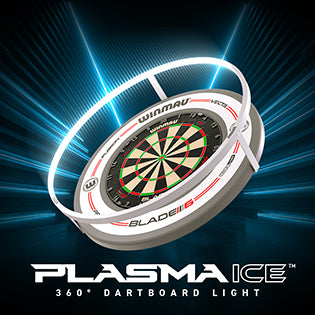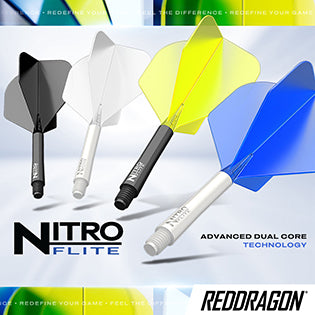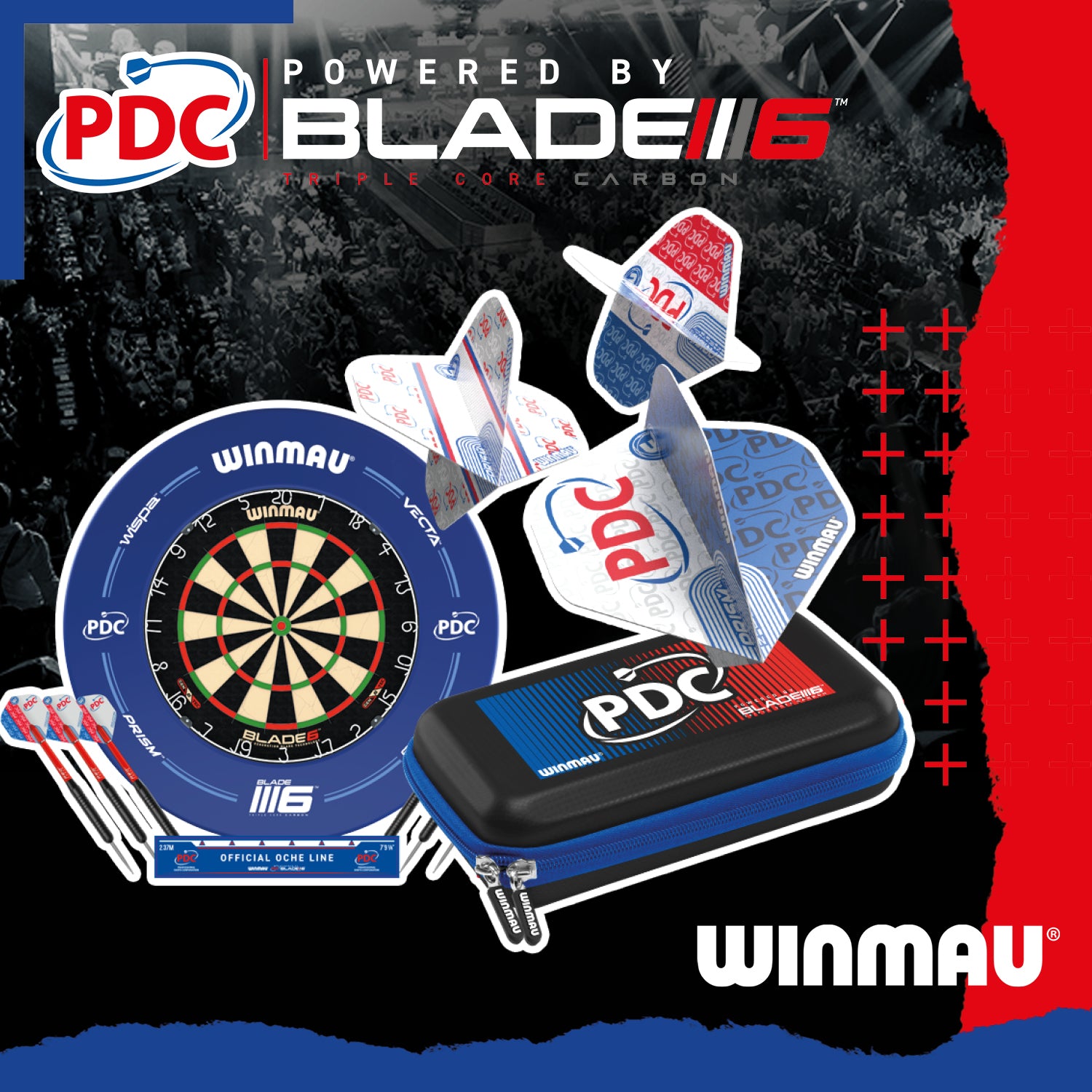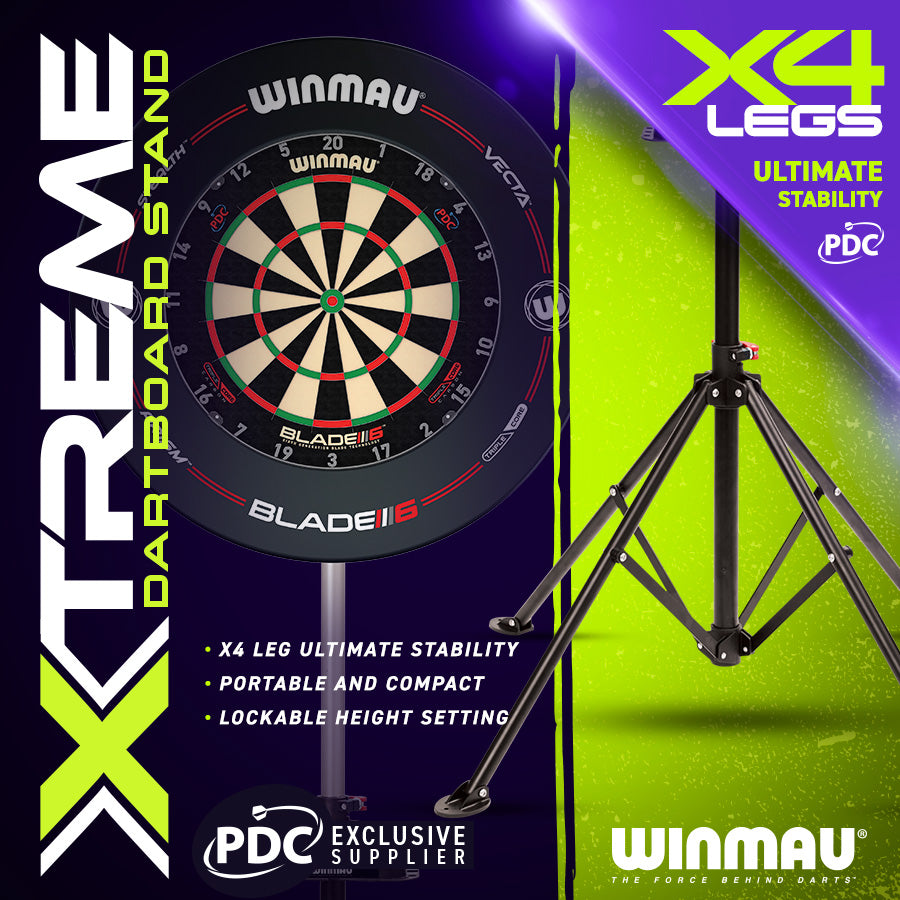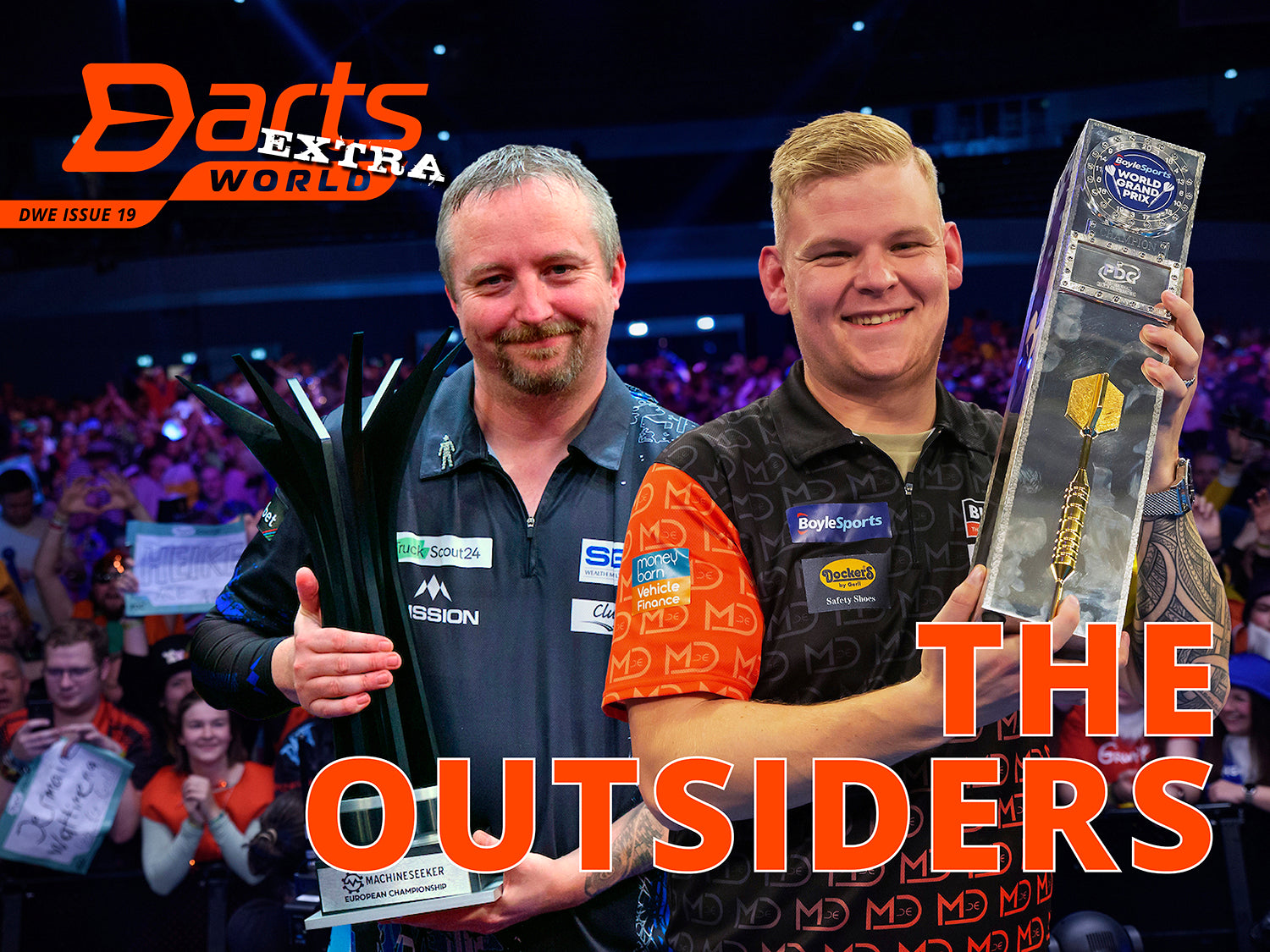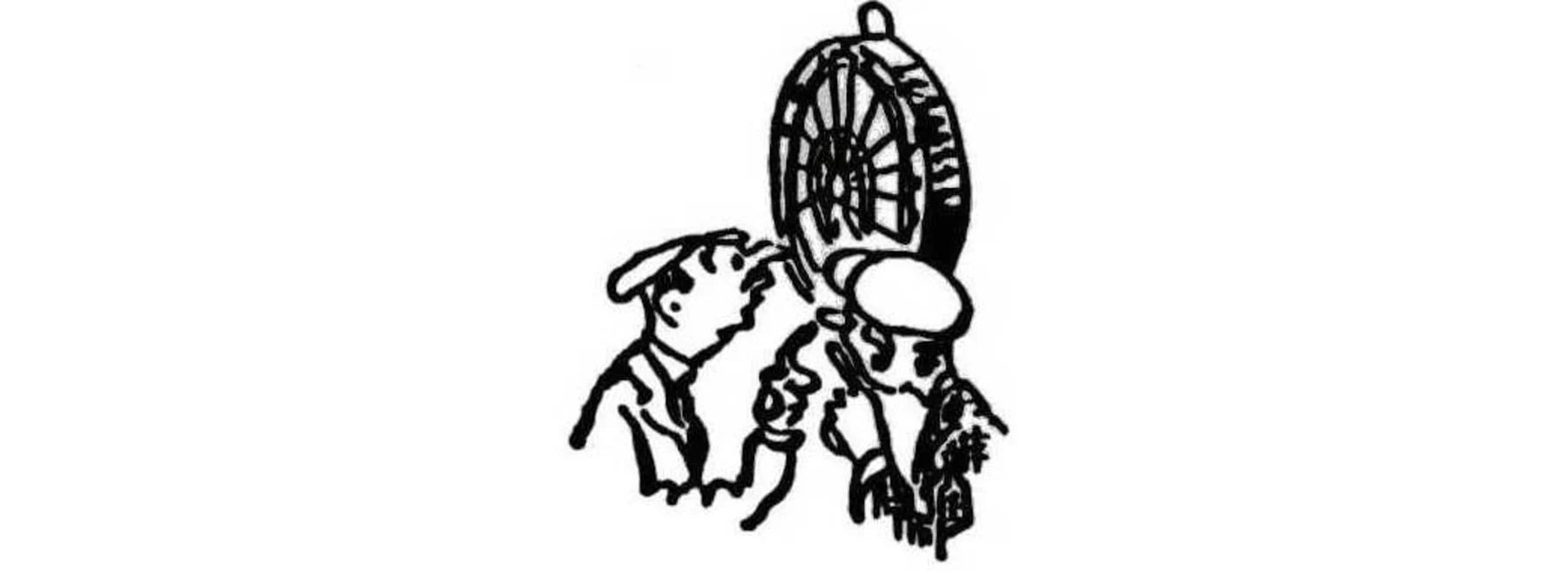
DR DARTS NEWSLETTER - PATRICK CHAPLIN - NOVEMBER'24 EDITION
In #174, I featured some extracts from the Daily Express Book of Popular Sports (circa 1936), see quote above, and promised to examine the book further as it offers a small window into how darts was viewed 90 years ago.
Its full title is 'The Sportsman's and Sportswoman's Book of Instruction and  Reference to All Sports and Pastimes. Explained with Illustrated with Playing Rules, Records, and Results and was edited by a gentleman named Thomas Knowles Hodder with an Introduction by Trevor Wignall, 'a special writer on sports' for the Daily Express.
Reference to All Sports and Pastimes. Explained with Illustrated with Playing Rules, Records, and Results and was edited by a gentleman named Thomas Knowles Hodder with an Introduction by Trevor Wignall, 'a special writer on sports' for the Daily Express.
Hodder's reference to Darts comprises one full page of the book in which it declared to its readers in the first line that 'Darts is a fascinating game of skill…' It recognises that many readers may not be familiar with the game and states:
'To those uninitiated who have only attempted "four throws for threepence" at the fun fair it seems to end there, but there is more in the game than that.'
The benefits to be obtained from playing darts as defined by Hodder were mentioned in #174. ("four throws for threepence" is something I am looking into. Why four?)
As for the history of the game, the book revealed that darts had been played as 'a casual game' in one form or another 'for many years' but it was only 'during the last half a dozen years of so that it has become a national game.'
Of the information available to the Daily Express in the mid-1930s, that 'last half a dozen years' would indicate to me a reference to both the establishment of the National Darts Association (NDA) in 1924 and the setting up of the initially London-based News of the World 'darts test.'
The skill factor is emphasised by Hodder:
'The skill of the players is amazing, and those who have once started to play regularly rarely give up the game till the hand is too shaky and the eye too dimmed to see the board.'
No mention is made to the players, mainly, consuming several pints in the pub before, during and after the game or the eyes becoming affected by games played in pubs where the illumination of the board comprised of candle-power or paraffin lighting, all of which can affect the players' 'skills.' Hodder continued:
'Beside the skill of the players placing the darts, the onlooker will be amazed at the players' instant reckoning of their scores and the numbers they must get to reach their game totals.'
No mention here of the benefits to be derived by playing darts in which the players mathematical skills enhance their general life skills. In the 1930s the Darts Weekly News recognised the worth of introducing darts into schools to assist improving basic maths but there is no indication that this was ever introduced or considered. I guess that was because of darts being always being directly connected 'the pub' and 'ne'er do wellism.'
The Equipment
As for the equipment, all you need is 'a set of three darts and a board.' At the time, Hodder considered darts to cost between 9d (ninepence) and 2s (two shillings) whilst John Young, author of How to Play Darts & New Games for the Dart Board (c.1938), told his readers that 'better qualities' of darts like Fig. 4 which were supplied with four feathers (cheaper ones had only three feathers) cost about fourpence each.

Back then, wooden-bodied darts could be purchased singularly. As one was damaged or broken, irreparable, it could be replaced with no need to buy a new set. This was not available for darts sold in sets of three. Young also shows (above) the other types of darts available at the time; both with brass barrels, which had, even at that time, 'an infinite number of patterns to choose from.'
Hodder described the modern dart of the day as follows:
'The dart consists of a brass body which gives the weight; one end is fitted with a steel point, the other end with a short piece of cane, into which are fitted the paper flights (feathers were originally used) which, as in the arrow, keep the dart travelling true to its mark in flight. The whole dart is about 6 or 7 inches long. The paper flights fit in slots cut in the cane end and can be replaced when damaged.'

Unlike feather-flighted darts, where the flight allowed oncoming darts to pierce through the feather, paper flights was not able to allow such darts to do that so suffered regular damage and needed to be replaced. This was simply enough as Young stated that paper flights 'cost about 6d per gross' (my italics) but, still, darts players in their thousands made their own from odd pieces of paper or, often, from cigarette cards. Those luckier enough to be given 'branded' paper flights which were 'freebies' handed out by tobacco companies to landlords and/or landladies to give to their dart players to help promote their cigarette, pipe tobacco, and beer, products.
From what Hodder had written above, it gave the impression that feathers had

been replaced by cane and paper and, to an extent, that was true, but feather flights were to remain popular and eventually return when screw-in plastic shafts were introduced to hold the modern feather-type which eventually replaced cane and paper until they in their turn were replaced by plastic, colourful, pressed, flights that are used today. (See the type of darts used by the legendary Tom Barrett in 1972.)
Interestingly, Hodder made the point that, 'Players generally own their darts, since each man has his own ideas as to weight and feel.'
For those who could not afford to buy their own, the publican usually provided them, sometimes free but more often for a small charge, which tended to ensure their safe return after play and was returned to the customer. The trouble was that with such over-use these darts, which were known commonly as 'house darts,' tended to be close to useless.

[Back in 1984 I wrote a book titled Arrows by any other name – A guide to friendly darts which included a short section titled 'The House Darts.' Arrows by any other name has never been published but I intend to produce that section for Darts History readers in the December issue.]
The Dartboard
As regards the dartboard, Hodder told his readers that the boards were originally cut 'from a small tree,' but, given that the standard boards had a diameter of eighteen inches, I would suggest that some of those trees would have been 'large.'
Hodder told his readers that 'the wood board used to warp' and that was correct:

wood dartboards had to be kept damp to prevent 'warping.' In fact, it was a common practice to take it down after an evening's play and place it in water until the next day. Those landlords, who could afford it, would have two such boards, one on the wall for general play and the second 'in soak' for use when the first one began to dry out.
Aware of the modern developments in dartboard manufacturer, Hodder mentioned that '[N]ow a bristle board [patented in 1932 by the NODOR Dartboard Company] is in general use, for it has many advantages...the newer board [made] of tightly packed bristles bound with an iron band does not warp, and the points of the darts when they strike the board find their way in between the bristles, which close up again when the darts is pulled out. These boards cost 25/- [Twenty-five shillings.]
In the early 1930s a NODOR 18-inch diameter, wooden dartboard cost seven shillings and sixpence, a quarter of the cost of a bristle board, so I would challenge Hodder's statement that such a board was 'in general use.' From the outset, the NODOR bristle dartboards had printed indelibly on the back of each, 'DO NOT SOAK.' Not everyone read the notice and continued to put the new boards 'in the soak,' producing predictable results.

Bristle dartboards only really came into its element in the early-to-mid 1970s when Dutch Elm disease decimated the UK and clubs and leagues looked for an alternative board. Later in the 1970s, the British Darts Organisation (BDO) declared that the bristle dartboard produced by WINMAU would be their accepted 'standard' and must be used in all BDO leagues and tournaments. Even so, even today, some elm/poplar wood dartboards are still made and used in a few leagues in the UK.
About the same time as Hodder was writing for the Daily Express book, John Young's book How to play DARTS & new games for the dart board was published in London by W. Foulsham & Co., Ltd, and set in train a myth that lasted for at least four decades. Young wrote:
'A more expensive board is the "Bristle" board, made of compressed pig bristles on end, again with the grain, as it were, running through the board.'
What?!?!?
The material used in the making of a bristle dartboard are, of course, compressed 'biscuits' of sisal, a vegetable material utilised in the manufacture of ropes – not pig bristles! From the mid-1970s, the BDO rules specified that only dartboards made from African sisal could be used in their tournaments. The only major dartboard company that makes boards from that specific sisal is WINMAU.
Pub question: How many pigs would it take to make a single bristle dartboard? (Answers on a postcard…)
Please don't laugh, just yet.
In the early 1980s, realising that books about darts had become popular again, W. Foulsham & Co., revised John Young's 1930s book, edited by Geoff Martin, renamed it Winning Darts and in 1981 launched it on to the darting populace. As regards the bristle dartboard, Young/Martin wrote that
'…a very good bristle board, the kind used in most professional and top amateur competitions, is best.'
That was great news and factually correct but then Young/Martin spoiled everything by writing:
'By way of contrast [to the wooden dartboards] the bristle board, usually made from compressed pig bristles facing end on, is entirely trouble free as it does not require any kind of treatment or attention.'
Over four decades on, and the 'pig bristle' story was still with us!
However, in 2012, I debunked the 'pig bristle' myth I thought, once and for all, in my book 180! – Fascinating Darts Facts, (Stroud: History Press. Still available.) but I guess if I Googled "What are bristle dartboards made of?" today, someone out there is telling you…
Turning again to Hodder's work, his description of the arrangement, values, and positions of the segments of a dartboard have changed very little over 70 years. The two things that have are that back then 'Players throw from a toe-line 9 feet from the board…' and
'In ordinary games between two players, 101 is generally the mark set. In club competitions teams are eight a side, and three games of 1,001, finishing on the double, are played.'
Hodder mentions the need for a national organisation, confirming that the National Darts Association (NDA) had filled the role and was 'controlled' from The Hanbury Arms, Islington, London N. 1., where Mr. C. W. Garner was the Hon. Secretary. (A key man in the early development of darts organisation.) Various leagues were run by breweries or 'unattached,' Cup Competitions and Championships were run under the auspices of the NDA.
Championship events were cited as
'…the Individual Championship of London for the News of the World Cup; the News of the World Individual Championship of London and the Home Counties, and the Team Championship of London for the Morning Advertiser Cup.'
The 'Individual Championship of London' had been contested from the 1927/28 season, only in the 'London Area,' up to and including the 1934/35 season after which it was extended and titled the London & Home Counties. After that, the reach of the News of the World Individual Championship developed every year until 1939 where it has reached six Divisions but no national event. The war put paid to any further expansion for the time being.
TOE THE OCHE - FEEDBACK

From New York City, Ed Helenius wrote:
'Patrick. I hope you will be able to covert John Plews' tapes into a digital format before they deteriorate. I, for one, would love to be able to see them. Keep up the good work. Ed.'
I replied,
'Rest assured my friend that I am keeping those tapes in a cool, dry place, under the stairs, until a better place can be found.
I forgot to mention in Darts History that the tapes I have been given weren't all utilised in the creation of Toe The Oche. I may list them all in the next issue hoping that it interests readers, as it includes one titled 'BBC – Various sorts' [which I believe features the Embassy World Professional Darts Championships for 1983 and 1987] and the 'Final and Master' of Toe The Oche.' [Photo of me (above) with the 'Final and Master' tape © Maureen Chaplin.]
Checking the video listing, in addition to the two tapes mentioned above, I discovered that they include the Silk Cut World Cup 1983, the News of the World Grand Finals 1984 and 1985, the WINMAU World Masters 1987 (quarterfinals, semis, and Final), one titled 'WINMAU darts 1983,' and a Harrows 8-minute (repeated seven times) Eric Bristow feature titled "Hit Me With Your Best," (1989).
In addition, reader Chris Lovell also responded concerning Toe The Oche':
'Hi Patrick. Great to hear the news you have saved the footage for Toe the Oche. Indeed, a great VHS release of the period it is also on YouTube these days. Shame it never came out as an official DVD release. Just think how much footage and darting material must have been simply discarded over the years.
It would be great to see a section in the British Museum on darts one day. I know there is a museum in America but the home of modern-day darts is England. I wondered why Taunton cider was on image on the cover. Now I know. I believe Taunton Cider were big with darts in the 'Golden Era' but the original Taunton Cider Company has long since closed.
[2023] Keep up the great work.'
WINMAU WORLD MASTERS – REMASTERED!
Excellent news. Just before going to press, the news was confirmed that the famous WINMAU World Masters is to return in style.
Back in 1974 the darts world was treated to the first World Masters, which was sponsored by the record company Phonogram, whose stars included Rod Stewart. For a brief history of the tournament see https://patrickchaplin.com/2019/05/22/winmau-masters-a-brief-history/.
It wasn't until the third World Masters that WINMAU first sponsored the event. The first 'Winmau' took place at the West Centre Hotel, Fulham, London on 20th November 1976.
Harry Kicks snr, Chairman of the WINMAU Dartboard Co. Ltd. at the time, in his 'Message from Winmau' on Page 3 wrote:
"I would like to welcome the Darting fraternity to this great World scene of darts. It is an honour for the Winmau Dartboard Company to have the opportunity of sponsoring the Third World Masters Darts Championship and we, as a Company, are more than confident this Tournament will be talked about and remembered for some time to come.
The endearing thing about the sport of darts is the element of comradeship for hundreds of thousands of players throughout the world, and this is a theme that we are sure this year's World Masters will be remembered for.
Good Luck to you all – happy throwing."
"…some time to come" turned out to be more than four decades.
After WINMAU withdrew its sponsorship in 2018, a few years followed where the event had less than a successful time and then the famous WINMAU trophies were sold by auction so was that it?
No. You can never keep a good tournament down. The darting fans demand it. And that is exactly WINMAU is going to do.
Recently, Managing Director, Vince Bluck told me:
"The Winmau World Masters has been at the beating heart of competitive darts for over half a century and the PDC's plans to reprise this iconic event will bridge the generations of darting excellence.
We're thrilled to be working closely with the PDC, championing players at every level and across every major darting nation, in line with the DNA of this historic event.
The Winmau World Masters embodies everything that's great about our sport. By combining this with the PDC's showcase arena atmospheres, broadcast to millions of fans around the world, we will be able to captivate brand new audiences and create unrivalled opportunities for more dart players in this rapidly growing sport."
More information to follow in #17.
UNTOUCHABLE DARTS
All my readers of a certain age will remember watching The Untouchables, a US crime series starring Robert Stack as Eliot Ness, fighting Capone and then every other underworld criminal who Chicago and the rest of America could throw at him and his 'untouchables'. It was produced by Desilu, the company owned by and named after Desi Arnez and Lucille Ball. The Untouchables was originally screened in the early 1960s. But what has this to do with darts?
Well, I am currently working through Series Three during which an episode titled 'Silent Partner,' caught my attention. 'Untouchable' Lee Hobson (Paul Picerni) had been kidnapped and was being beaten by a couple of 'ne'er do wells' in the office of a garage during which Lee was pushed in front of a dartboard; darts being thrown at the target.
'Silent Partner,' caught my attention. 'Untouchable' Lee Hobson (Paul Picerni) had been kidnapped and was being beaten by a couple of 'ne'er do wells' in the office of a garage during which Lee was pushed in front of a dartboard; darts being thrown at the target.
Given this episode was based in 1932, you would not have expected to see a standard board as they didn't arrive in the US until after World War Two - and you don't.
Desilu researchers must be congratulated. The scene here shows a simple, probably children's, archery-type, dartboard with wooden and feather darts. In the 1930s USA, darts was often called a 'diaper game.' I did think that the darts might have been made by the Widdy company but, after further investigation, I have my doubts.




